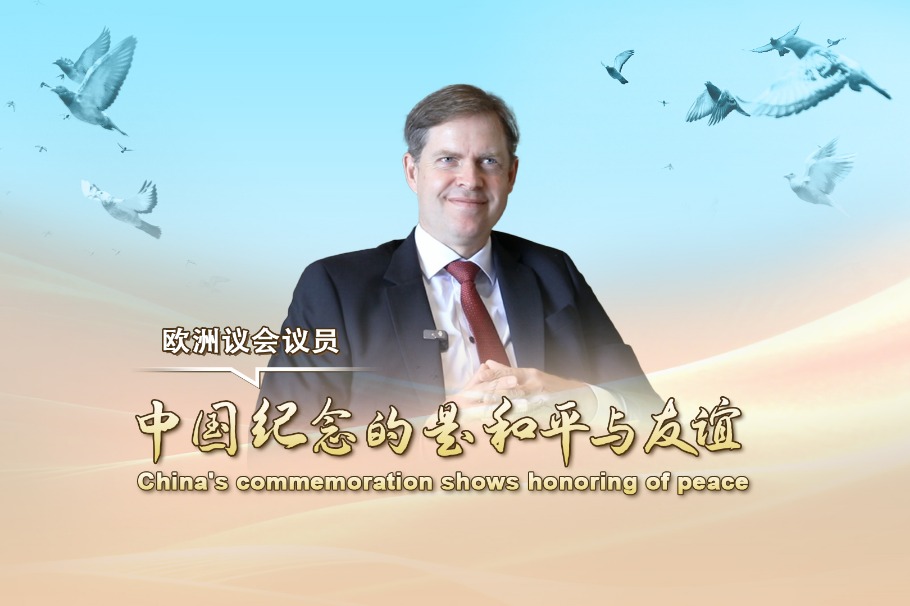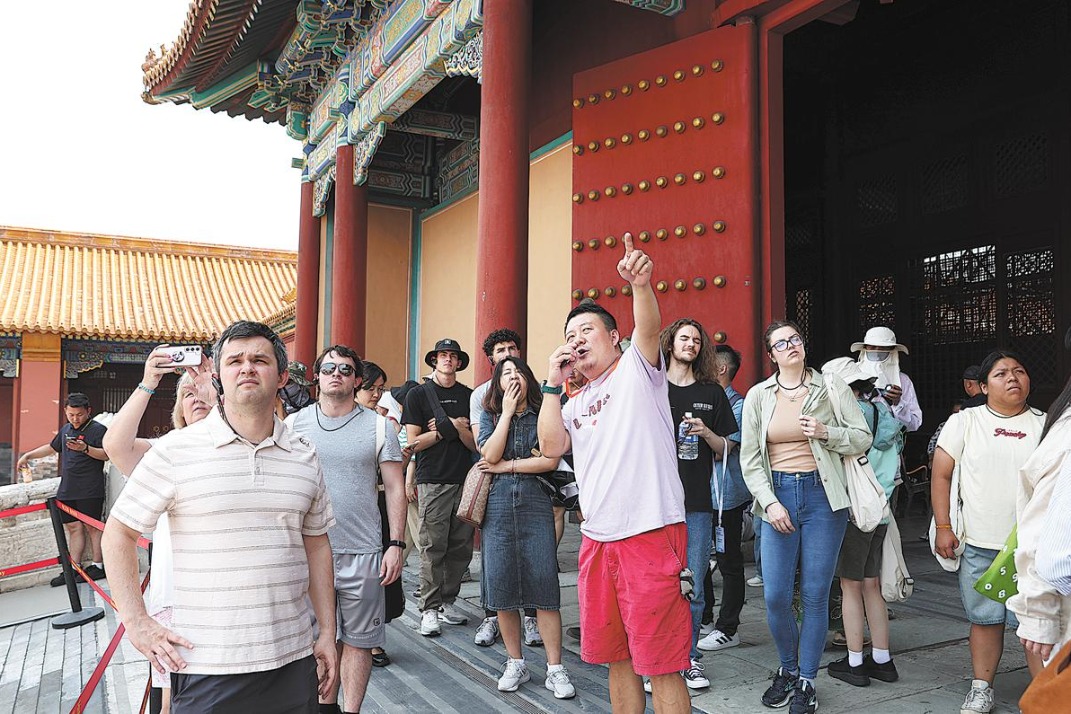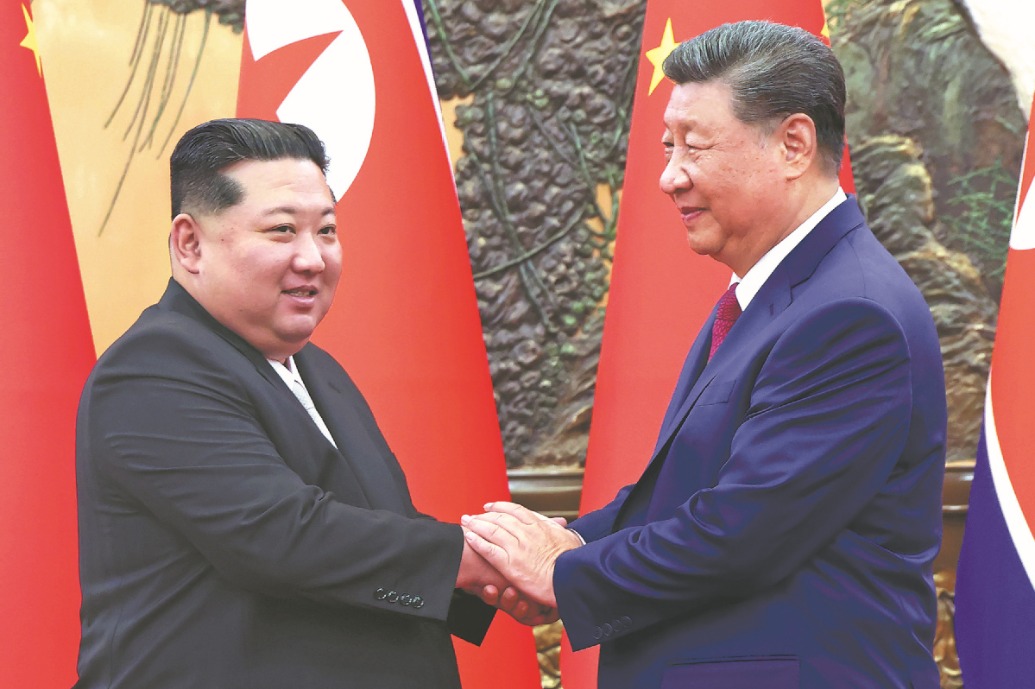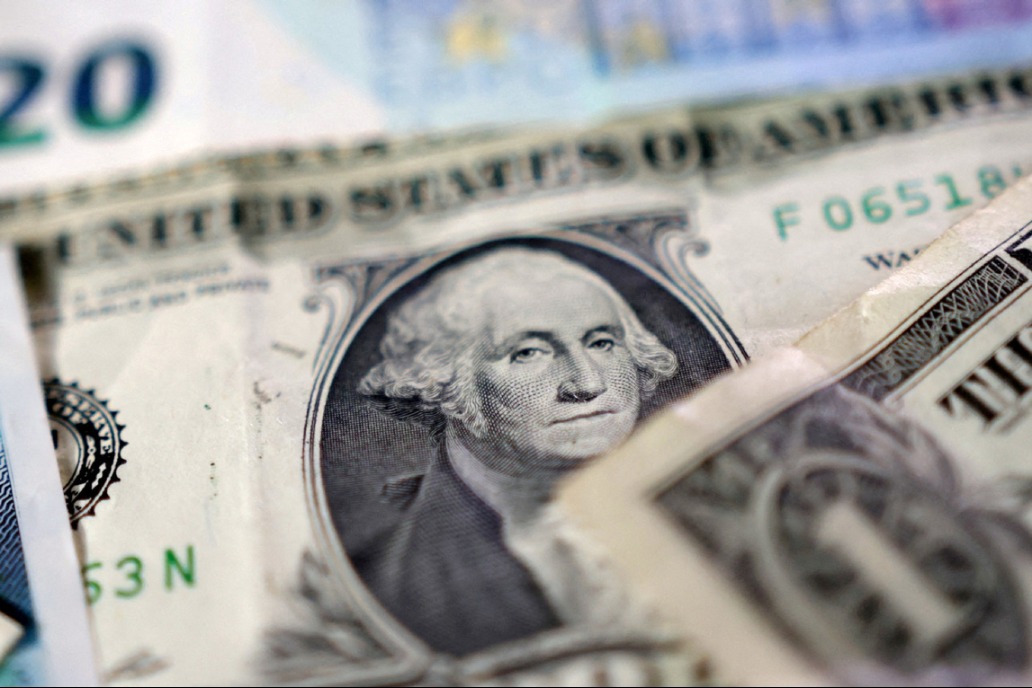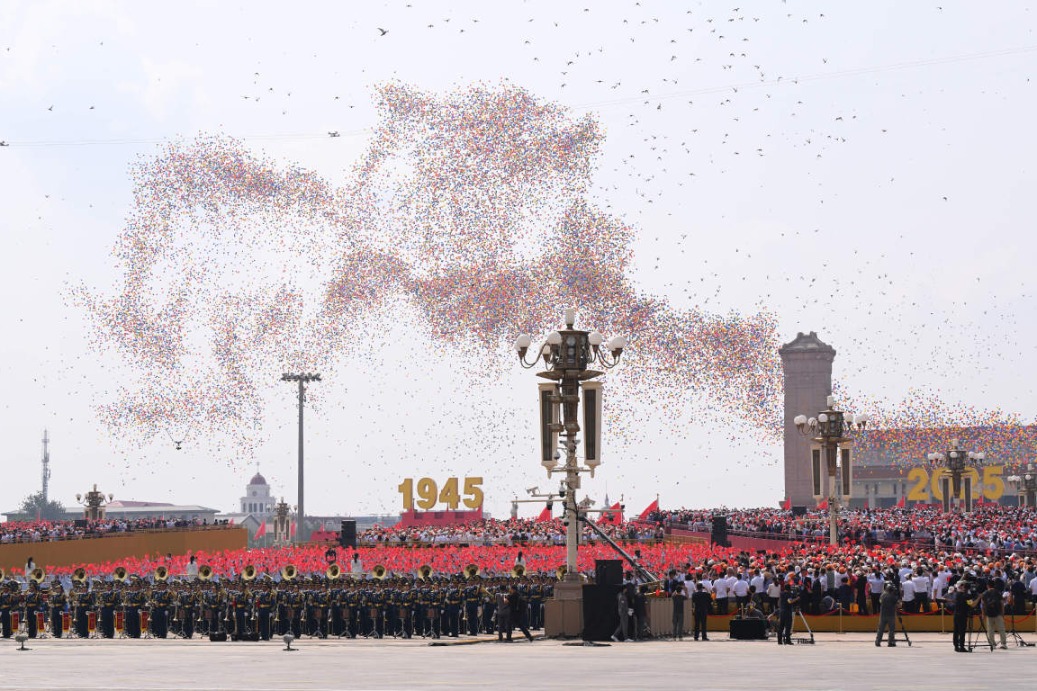Military parade not a demonstration of bloc confrontation


Beijing held a grand military parade to mark the 80th anniversary of the victory in the Chinese People's War of Resistance Against Japanese Aggression (1931-45) and the World Anti-Fascist War on Sept 3, with 26 foreign heads of state and government attending the event. Leaders of parliaments, deputy prime ministers and high-level officials from various countries, along with international organization chiefs, witnessed the parade.
The parade emphasized the principle of nonalignment, in contrast to "bloc politics" that those with the Cold War mentality propagate. Through the parade, China showcased its independent foreign and defense policies, and its goal of helping maintain global peace, while demonstrating its resolve to build a community with a shared future for humanity.
China has always adhered to nonaligned diplomacy, more so after the launch of reform and opening-up. Since the Opium War (that started in 1840), China has learned a valuable lesson: it can only safeguard its core national interests by maintaining its independence and pursuing self-determination.
Unlike the bloc confrontation policy of NATO or the Warsaw Pact and the military parades held by the two blocs during the Cold War, China's parades are not aimed at creating "friend-or-foe" divisions, as they reflect a defense policy that transcends bloc politics.
Victory in the World Anti-Fascist War was achieved through the collective efforts of many countries' people. That's why guests from a diverse array of nations were invited to the parade. The gathering embodied China's approach to international relations in the new era: dialogue over confrontation, partnership over alliance, and win-win cooperation over zero-sum games.
The parade also served as a significant platform for China to demonstrate its transparent defense philosophy. The display of new generation equipment, including advanced tanks, carrier-based aircraft and fighter jets reflects the Chinese military's system-based operational capabilities, while advanced systems such as new types of combat drones, directed-energy weapons, and electronic jamming systems highlighted the People's Liberation Army's strengths in new domains and cutting-edge technologies.
Sophisticated equipment, including hypersonic weapons, air and missile defense systems, and strategic missiles underscored China's strategic capability to strengthen deterrence. But their display was not a "show of force". Instead, it was a demonstration of the practical means to safeguard national security, sovereignty and territorial integrity. Through such open and confident display of defense equipment, China showed its commitment to safeguarding world peace.
China's contribution to the United Nations' peacekeeping missions is evidence of the country fulfilling its global peace-maintenance responsibility. The Chinese "blue berets", which include engineers, carry the legacy of the Northeast Anti-Japanese United Army, and have been deployed on many peacekeeping missions. This not only commemorates the victory in the war of resistance against Japanese aggression but also highlights China's role as a major country.
The Chinese "blue berets" embody China's steadfast commitment to pursue peaceful development and engage in winwin cooperation, emphasizing a vision of common, comprehensive, cooperative, and sustainable security.
For 16 consecutive years, the Chinese escort fleet in the Gulf of Aden has protected both Chinese and foreign vessels. The PLA hospital ship — Peace Ark — has sailed across three oceans, while the maritime cooperation network under the Belt and Road Initiative continues to expand. These efforts demonstrated China's unwavering commitment to collaborate with the international community, safeguard shipping channels, forge international bonds of lifesaving assistance with the hospital ship, and promote shared regional development by improving connectivity.
Since ancient times, harmony and coexistence for a shared future have been the aspirations of the Chinese people. In today's world, China's military parades are part of its efforts to foster a new type of international relations characterized by mutual respect, fairness, justice, and win-win cooperation. The parades have reflected China's firm commitment to advance the cause of global peace and development.
At this critical juncture, when the global landscape is undergoing profound changes and the international order is being restructured, the Sept 3 parade was much more than a ceremony displaying national pride and military strength. It served as a declaration to the world that China's approach to strengthening its military is by no means about expansion, but rather a commitment to peace and development in the new era and the fulfillment of commitments.
That China will never seek hegemony, expansion, or spheres of influence is evidenced in China's voluntary decisions to reduce its troops, peacefully settle its border issues with 12 land neighbors through negotiations, and its implementation of cooperative projects in Africa and other regions without political conditions.
Through the parade, China showed the world that true strength lies not only in having a powerful military but, more importantly, in the ability to safeguard peace without resorting to military means. Dignity is supported not only by the military but also the wisdom of guiding humanity toward a shared future with a peaceful vision. The Sept 3 parade — a magnificent event laden with historical memory and aspirations — is destined to become a lasting symbol of peace in the collective memory of humanity.
The author is a lecturer at the National Defense University of the People's Liberation Army. The views don't necessarily reflect those of China Daily.
If you have a specific expertise, or would like to share your thought about our stories, then send us your writings at opinion@chinadaily.com.cn, and comment@chinadaily.com.cn.
















